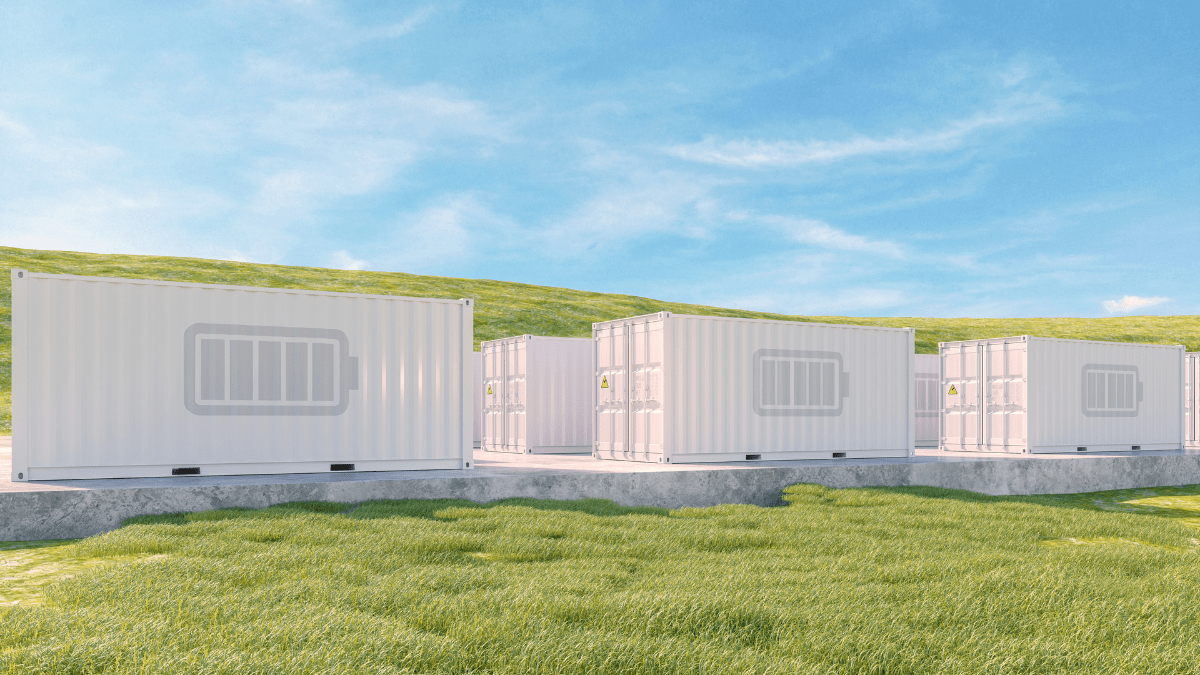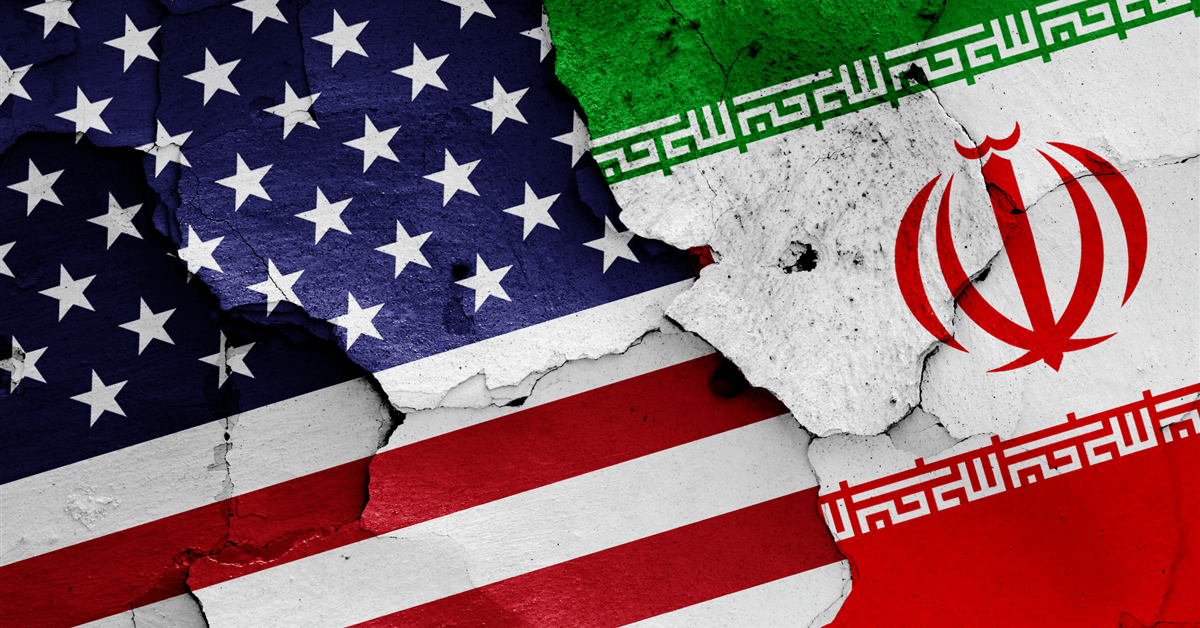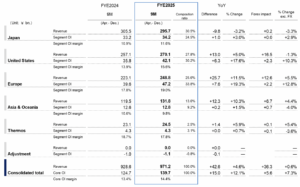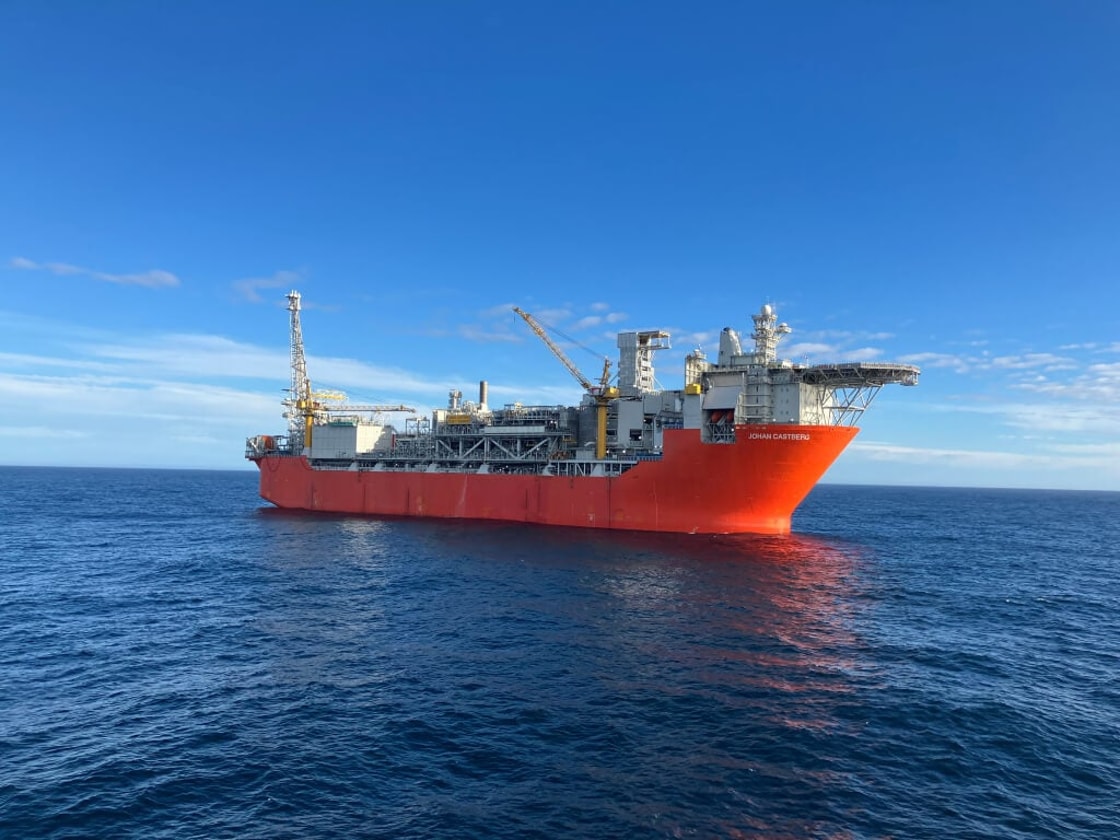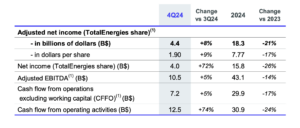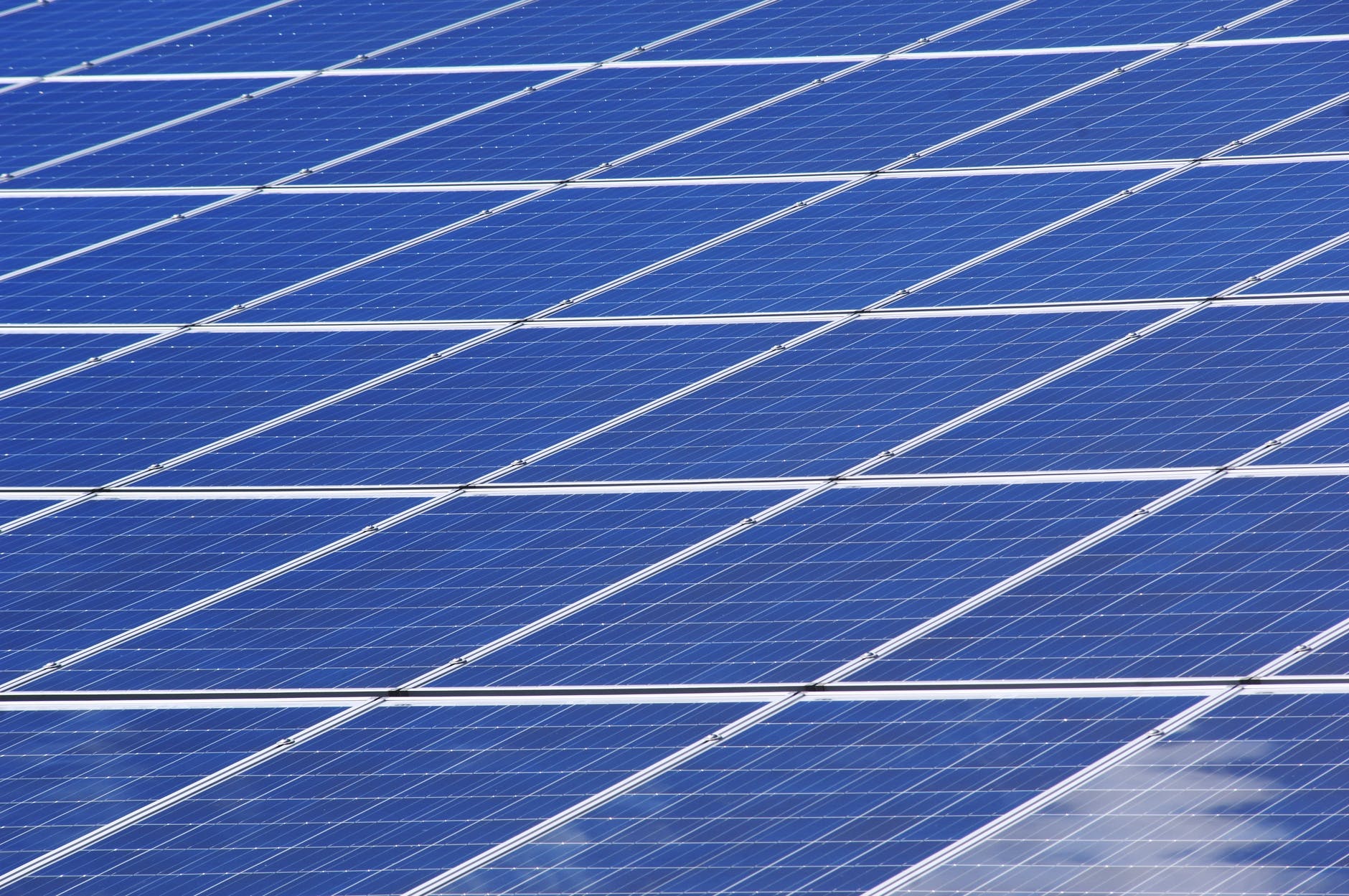
The anti-dumping investigation concerning imports of solar cells, whether assembled in modules or made into panels, from China was initiated with the notification F. No. 6/26/2024-DGTR on 30th September 2024. This aims to determine whether the products imported from China are being sold at unfair prices in India, harming the domestic solar cell industry. Interested parties were invited to submit comments or suggestions on the scope of the product under consideration (PUC) and the product comparison number (PCN) methodology. Initially, the deadline for comments was extended until 29th October 2024.
A meeting was held on 19th November 2024, where domestic industry representatives and other interested parties presented their views on the scope of the PUC and the PCN methodology. Following this meeting, comments were filed by the concerned parties by 25th November 2024, and these were reviewed by the Authority. It was clarified that the focus of the current investigation is to define the scope of the products under consideration. This includes reviewing any requests for exclusions, such as the exclusion of “TOPCon Cell,” which has been denied by the domestic industry, as they claim to offer a similar product. Therefore, “TOPCon Cell” remains part of the investigation for now. The Authority will continue to review such exclusion requests during the investigation process.
The scope of the product under investigation remains the same as outlined in the initiation notification. It includes solar cells and photovoltaic cells, whether assembled into modules or panels, produced using crystalline silicon (c-Si) or thin film technology. Solar modules or panels made from these cells are also part of the investigation. Both monocrystalline and multicrystalline solar cells, along with those produced using c-Si and thin film technology, are within the scope. Solar cells, also known as photovoltaic cells, convert sunlight into electricity through the photovoltaic effect, and they are typically connected to form solar panels, which are further connected to form solar arrays for large-scale electricity generation.
The goods under investigation are classified under Chapter 85 of the Customs Tariff Act, under tariff items 8541 4200 and 8541 4300. While the customs classification provides guidance, it is not definitive for the scope of the product under consideration.
Regarding the PCN methodology, some producers and exporters suggested creating separate PCNs based on the product types recognized by the US Department of Commerce. However, these exporters did not provide sufficient evidence to show that the cost difference between the product types was more than 5%, which is necessary to justify creating separate PCNs. As a result, this suggestion was not accepted by the Authority. Some exporters also proposed creating PCNs based on the type of technology used in the production of solar cells. However, the domestic industry clarified that it does not produce modules using c-Si technology, and cells of thin film technology are not imported or produced by the domestic industry. In such cases, the article most similar to the imported goods will be considered for comparison.
The PCNs have been defined based on product types that show a cost difference of more than 5%. However, no interested party has demonstrated that there is a cost difference of more than 5% within the product types that would justify separate PCNs.
Finally, all interested parties are required to submit their questionnaire responses regarding the scope of the product and the PCN methodology by 4th January 2025. No further extensions will be granted, as the investigation must be completed within a set timeframe. The final notice on the PCN methodology has been issued with the approval of the Designated Authority.



